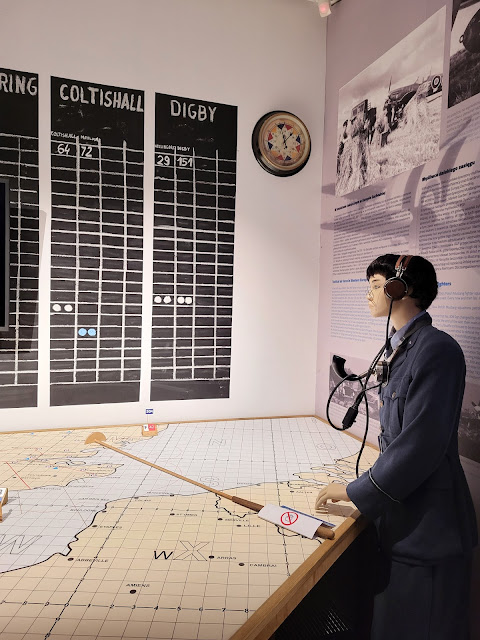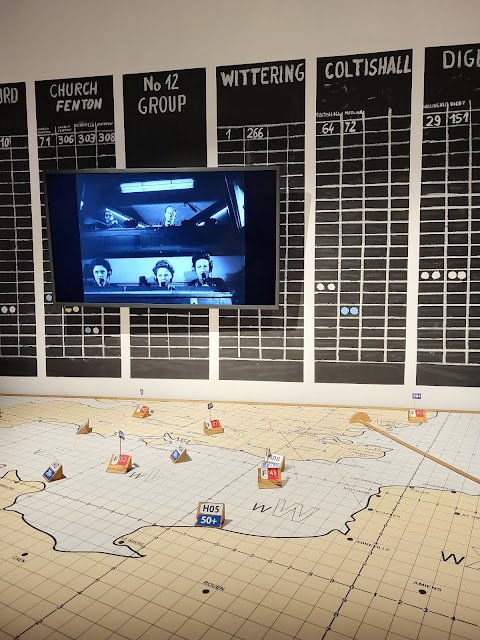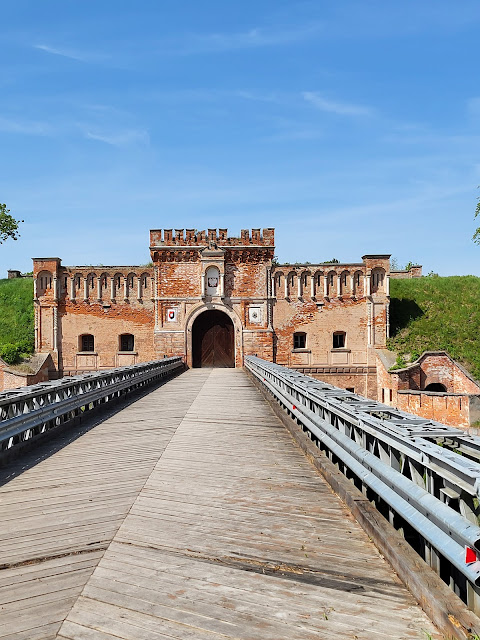W bazylice archikatedralnej św. Jana Chrzciciela w Warszawie znajduje się klasycystyczny pomnik ku czci marszałka Sejmu Czteroletniego Stanisława Małachowskiego. Został wzniesiony w 1830 przez Henryka Marconiego. Wykonany w Rzymie według rysunku Bertela Thorvaldsena. Ufundowany przez rodzinę, kosztował ponad 100 000 złotych polskich. Został zaprojektowany z myślą postawienia w kościele św. Krzyża, gdzie pochowany jest Stanisław Małachowski, jednak z powodu swych rozmiarów i braku odpowiedniego miejsca umieszczony został w katedrze.
Na podstawie umieszczona jest statua Stanisława Małachowskiego w rzymskiej todze senatorskiej, trzymającego w prawej ręce kartę konstytucyjną, w lewej laskę marszałkowską.
U podnóża pomnika dwie postacie: niewiasta płacząca, wyobrażająca Ojczyznę, oparta na tarczy z herbem Polski i Litwy oraz rycerz w ubiorze rzymskim, trzymający znak batalionowy wojsk Księstwa Warszawskiego w postaci piki z osadzonym na niej złocistym orłem i tabliczką z napisem: „WOY.-POL.” (Woysko Polskie).
In the Archcathedral Basilica of St John the Baptist in Warsaw, there is a classicist monument to the Marshal of the Four-Year Sejm, Stanisław Małachowski. It was erected in 1830 by Henryk Marconi. Made in Rome according to a drawing by Bertel Thorvaldsen. Funded by the family, it cost over 100,000 Polish zloty. It was designed to be placed in the Church of the Holy Cross, where Stanisław Małachowski is buried, but due to its size and the lack of a suitable place, it was placed in the cathedral.
The base features a statue of Stanisław Małachowski in a Roman senatorial toga, holding a constitutional charter in his right hand and a marshal's staff in his left. At the foot of the monument two figures: a weeping woman, representing the Homeland, leaning on a shield with the coats of arms of Poland and Lithuania, and a knight in Roman dress, holding the battalion insignia of the troops of the Duchy of Warsaw in the form of a spade with a golden eagle perched on it and a tablet with the inscription: ‘WOY.-POL.’ (Polish Army).
In der Erzkathedrale St. Johannes der Täufer in Warschau befindet sich ein klassizistisches Denkmal für den Marschall des Vierjährigen Sejm, Stanisław Małachowski. Es wurde 1830 von Henryk Marconi errichtet. Es wurde in Rom nach einer Zeichnung von Bertel Thorvaldsen angefertigt. Das Werk wurde von der Familie finanziert und kostete mehr als 100 000 polnische Zloty. Ursprünglich sollte es in der Heilig-Kreuz-Kirche aufgestellt werden, in der Stanisław Małachowski begraben ist, aber aufgrund seiner Größe und des Mangels an einem geeigneten Standort wurde es in der Kathedrale aufgestellt.
Der Sockel trägt eine Statue von Stanisław Małachowski in einer römischen Senatorentoga, der in der rechten Hand eine Verfassungsurkunde und in der linken Hand einen Marschallstab hält. Am Fuß des Denkmals befinden sich zwei Figuren: eine weinende Frau, die das Vaterland repräsentiert und sich auf einen Schild mit den Wappen Polens und Litauens stützt, und ein Ritter in römischer Kleidung, der das Bataillonsabzeichen der Truppen des Herzogtums Warschau in Form eines Spatens mit einem goldenen Adler darauf und einer Tafel mit der Aufschrift: „WOY.-POL.“ (Polnische Armee).




















































